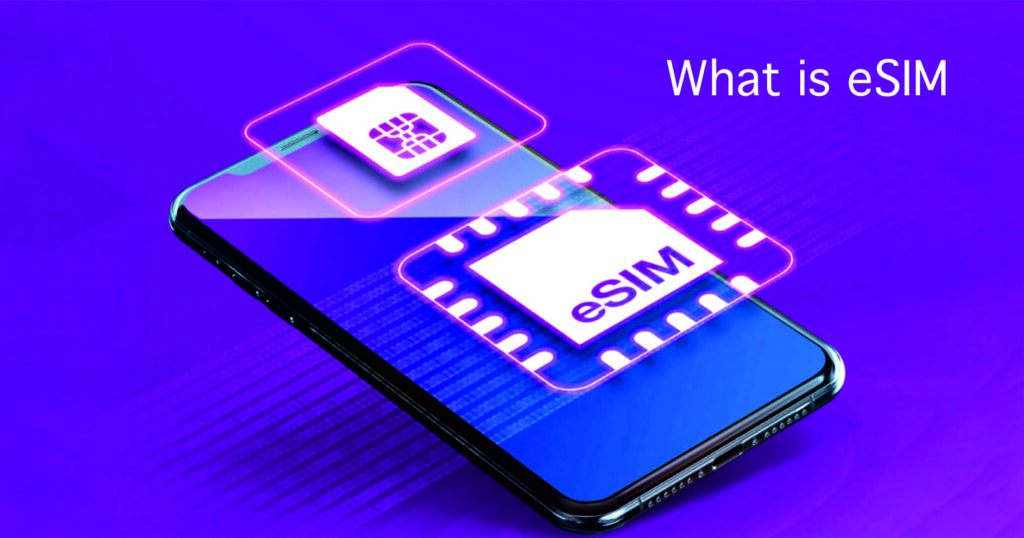An eSIM, short for “embedded SIM,” is a relatively new technology in the realm of mobile telecommunications. eSIM technology allows users to switch between mobile network operators without needing to physically swap SIM cards.
eSIMs are increasingly being adopted by smartphone manufacturers, smartwatch makers, and other Internet of Things (IoT) devices. They offer benefits such as convenience, flexibility, and the potential for smaller device designs since there’s no need for a physical SIM card slot.
Can eSIM are available to any Mobile Device?
eSIMs are not available for all mobile devices. eSIM functionality is only available on devices that are specifically designed to support it. Not all mobile devices have eSIM capabilities. Manufacturers need to include the necessary hardware and software support for eSIM functionality in their devices.
Generally, newer smartphones, tablets, smartwatches, and other connected devices may offer eSIM support. However, it’s important to check the specifications of a device to determine whether it has eSIM compatibility. Devices that support eSIM will typically advertise this feature as part of their specifications or marketing materials.
Benefits of e-SIM
eSIM technology offers several benefits compared to traditional physical SIM cards. Overall, eSIM technology offers greater convenience, flexibility, and efficiency in managing cellular connectivity for various devices, ranging from smartphones and tablets to smartwatches and IoT devices.
Cons of using e-SIM
While eSIM technology offers several benefits, there are also some potential drawbacks or limitations to consider. Such as device compatibility, limited availability, dependency on device manufacturers and carriers, potential for loss of physical SIM card, complexity of setup and data privacy and security concerns.
- Device compatibility: Not all devices support eSIM functionality. Users may find that their current device does not have eSIM support, limiting their ability to take advantage of this technology.
- Limited availability: While eSIM adoption is increasing, it may not be widely supported by all mobile network operators or in all regions. This can restrict users’ choices in selecting mobile plans or carriers that offer eSIM support.
- Dependency on device manufacturers and carriers: The activation and management of eSIM profiles depend on device manufacturers and mobile network operators. Users may encounter limitations or restrictions imposed by these parties, such as device lock-in or compatibility issues.
- Potential for loss of physical SIM card: Since eSIMs are embedded into the device’s hardware and cannot be removed or replaced by the user, there is a risk of losing access to cellular connectivity if the device is lost, stolen, or damaged.
- Complexity of setup: While eSIM activation and provisioning can be done remotely, the setup process may still be more complex compared to traditional SIM card activation, especially for users who are unfamiliar with the technology or who encounter technical difficulties.
- Data privacy and security concerns: As with any technology that involves remote provisioning and management, there may be concerns about data privacy and security. Users should ensure that proper security measures are in place to protect their personal information and prevent unauthorized access to their eSIM profiles.
Overall, while eSIM technology offers many advantages, users should carefully consider the potential drawbacks and limitations before adopting it, especially if they rely heavily on specific features or functionalities that may not be fully supported by eSIM-enabled devices or networks.
